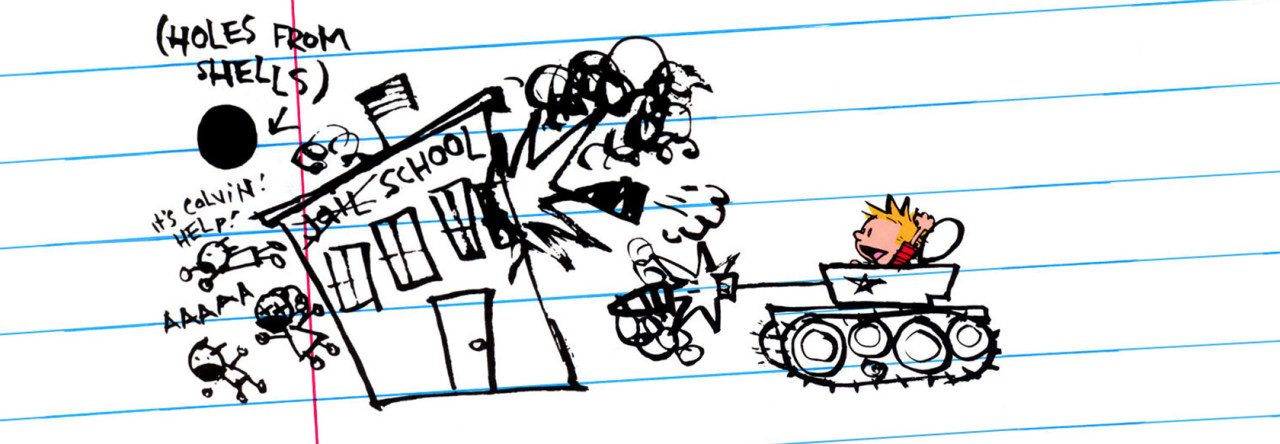One of the reasons I haven’t kept up with blogging is because I always want to wait until I have the final, perfect draft before I post to my blog. But the thing is, I never have final perfect drafts of anything. So I have to get over that. What I do have is a lot of decent ideas and thoughts in the Notes App in my iPhone. Yesterday, as I pushed my five-month-old around the neighborhood, I wrote out 4 goals for this school year in my Note as she slept. Now mind you, this is a draft. But the beauty of sharing it before it’s finalized is that I can get feedback from all the (zero) folks reading my blog.
So what I have here are my goals and shorter “titles” for the goals. Neither is an expanded version of the goal, but if I wait until I write the expanded versions this post will never get published. So there may be a later blog where I expand on the goals and there may not. I guess it depends on whether I get any feedback and/or how long my daughter naps this afternoon.
GOALS:
BUILD RELATIONSHIPS WITH MY STUDENTS & ENCOURAGE THEM TO BUILD RELATIONSHIPS WITH EACH OTHER
Create a culture that encourages positive and meaningful relationships between all members of the classroom community and helps everyone achieve success based on their own ideas/measures of what success looks like in a high school math class.
INCREASE MY STUDENTS’ ABILITY TO THINK, REASON AND LEARN
Increase students’ abilities to think, learn, reason, sense-make, and develop logically sound conclusions both independently and collaboratively.
HELP MY STUDENTS SEE MATHEMATICS AS WONDROUS, JOYOUS AND ADVENTUROUS
Expose students to my vision of mathematics: Math is not about problems and answer getting but rather about questioning, exploring, discovering and adventuring.
PREPARE MY STUDENTS FOR THEIR FUTURE MATHEMATICAL AND INTELLECTUAL ENDEAVORS
Prepare students for future endeavors in mathematics, and education in general, most importantly the ones they will experience in the next 1-3 years of high school. (Most notably PreCalc and Calculus and/or Statistics).
I think those are some pretty solid goals. I’m not sure if they are well organized. I don’t want ten goals. I also don’t want one. I want my students to know this class is as much about them as it is about Mathematics. Any feedback would be awesome.




